WHAT IS APACHE FLINK_
Understanding Apache Flink
Apache Flink is a framework and distributed processing engine for stateful computations over unbounded and bounded data streams.

Apache Flink Architecture
Flink adopts the shared-nothing architecture, where each machine stores and processes its own data and is entirely independent of other machines. The architecture follows a master-worker pattern. The JobManager acts as the master, coordinating task distribution. TaskManagers run as workers to execute tasks and pipelines.

The compute-storage coupled design of Apache Flink offers benefits such as improved performance, seamless integration with various sources and sink, efficient fault tolerance, and scalability. However, it has drawbacks relating to storage limitations, increased cost, and potential performance trade-offs.
Use Cases for Apache Flink
Apache Flink is widely used in different industries. Its official documentation summarizes the use cases into three categories:

Event-driven applications
Flink ingests events from event streams and performs computations, state updates, or external actions. Stateful processing enables implementing logic that relies on the history of events.

Data analytics applications
Flink extracts information and insights from data. Traditionally, this involves querying finite data sets and updating the results with new data. Flink allows for real-time analysis by continuously updating streaming queries or processing events, providing continuously updated results.

Data pipeline applications
Flink transforms and enriches data for transfer between different data storage systems. Traditionally, extract-transform-load (ETL) processes are executed periodically in batches. With Apache Flink, data pipelines can operate continuously, ensuring low-latency data transfer to their destination.
Benefits of Using Apache Flink
Unified Stream and Batch Processing
Apache Flink's unified batch and stream processing simplifies development efforts by allowing developers to write code that handles both batch and stream processing within a single programming model. This promotes code reuse and consistency in data processing logic.
Fault-tolerant and Scalable
Flink's distributed architecture ensures fault tolerance and high scalability. It can handle massive workloads and automatically recover from failures, guaranteeing data integrity and continuous operation even in the face of hardware or network issues.
Stateful Computations
Stateful computations are essential in stream processing. They bring contextual awareness, enable real-time analytics, support complex event processing, improve efficiency and performance, and empower iterative algorithms.
Rich and Extensible APIs
Flink provides a variety of APIs, including DataStream and DataSet APIs, which support both batch and stream processing paradigms. Additionally, Flink's Table API and SQL support allow for expressive and SQL-like queries, making it easier for developers and data engineers to work with and analyze data.
Integration Ecosystem
Flink integrates seamlessly with popular big data frameworks and systems, such as Apache Kafka, Apache Hadoop, Apache Hive, and more. This allows organizations to leverage their existing infrastructure and tools while benefiting from Flink's powerful stream processing capabilities.
Community and Ecosystem Support
Apache Flink has a vibrant and active open-source community, offering extensive documentation, tutorials, and support resources. It also has a growing ecosystem of connectors, libraries, and tools that enhance its capabilities and make it easier to integrate with other systems.
Flexible Deployment
Flink provides multiple deployment options, including bare metal, containers (such as Docker), container orchestration platforms (like Kubernetes), cloud services, and dedicated clusters managed by resource managers like YARN.
Limitations of Working with Apache Flink

Steep Learning Curve
While Flink provides many advanced features like sophisticated windowing and built-in iterations, this requires learning new APIs and concepts. Development ramp-up can be longer compared to simpler stream processors or streaming databases.

Operational Complexity
Setting up and managing Apache Flink clusters can be complex, particularly in large-scale deployments. It requires expertise in cluster configuration, resource allocation, and monitoring to ensure optimal performance and stability. Adequate infrastructure and operational resources may be needed to handle the operational complexities.

No Built-in High Availability
Flink relies on external storage like HDFS or databases for HA. Setting up active-standby highly available clusters requires additional configuration and moving parts.
How Apache Flink and RisingWave Are Different?
Design Principle
RisingWave
RisingWave is a distributed SQL streaming database. That means it stores data in its own storage and is able to serve queries.
Apache Flink
Apache Flink is a distributed stream processing framework. It means that it will rely on external storage to act as state backends.
Compute and Storage Architecture
RisingWave
RisingWave adopts an architecture that decouples compute and storage. Compute and storage can be scaled and optimized separately.
Apache Flink
In Flink, compute and storage are coupled. It has performance benefits in certain scenarios but can introduce resource waste.
Programming Interfaces
RisingWave
RisingWave abstracts away unnecessary low-level details and allows users to write PostgreSQL-style SQL. In addition, RisingWave integrates to a diverse range of cloud systems and the PostgreSQL ecosystem, making it straightforward to incorporate into existing infrastructures.
Apache Flink
Flink provides users with fine-grained low-level control over the streaming pipeline. With its Java APIs, users create their stream processing applications by adding stream processors one after one. Flink is deeply integrated with existing big data ecosystems, such as Hadoop and Zookeeper. Users can set up and configure Flink on top of their existing Hadoop-based infrastructures.
Ecosystem and Integration
RisingWave
RisingWave is wire-compatible with PostgreSQL, and therefore can be seamlessly integrated with tools, systems, extensions, and libraries in the PostgreSQL ecosystem. RisingWave supports the mainstream message queues and databases as source and sink, and is actively working to integrate with more and more systems.
Apache Flink
Flink has a growing ecosystem of connectors, libraries, and tools that enhance its capabilities and make it easier to integrate with other systems. Flink integrates seamlessly with popular big data frameworks and systems, such as Apache Kafka, Apache Hadoop, Apache Hive, and more.
Summary
Both solutions excel in executing complex, large-scale stream-processing data pipelines across clusters. The decision ultimately depends on the developer's expertise and operational skills required to manage the solution efficiently.
For an easy on-ramp to real-time processing, RisingWave is an excellent choice. It offers a simple, cost-efficient, SQL-based solution that can be quickly deployed. This makes it ideal for data-driven businesses of any size that require real-time processing capabilities.
Alternatively, if you require low-level API access that integrates seamlessly into your JVM-based technical stack, Apache Flink is the preferred option. Flink is well-suited for businesses with large teams that prefer building custom solutions tailored to their specific needs.
For a detailed comparison, please refer to RisingWave vs Apache Flink.




